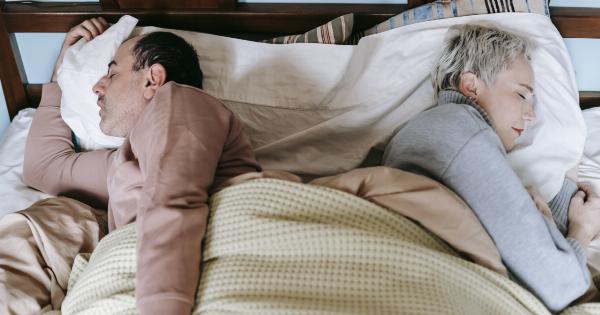Do you experience middle back pain upon waking each morning? You’re not alone. Middle back pain is a common problem that affects millions of people worldwide.
In this article, we’ll explore the possible causes of middle back pain and provide tips on how to alleviate the discomfort.
An overview of middle back pain
Before we dive into the possible causes of middle back pain, it’s important to define the term. The middle back, also known as the thoracic spine, is the area between the neck and the lower back.
Middle back pain can be characterized by pain, stiffness, and discomfort in this region.
There are many possible causes of middle back pain, including poor posture, muscle strain, and injury. Learning more about the potential causes can help you understand what’s contributing to your specific symptoms.
Poor posture
One common cause of middle back pain is poor posture. This can include slouching, hunching over a computer, or spending long hours in a chair without proper lumbar support.
Over time, poor posture can lead to muscle imbalances, strain, and discomfort in the middle back region.
To alleviate middle back pain caused by poor posture, it’s important to focus on maintaining good alignment throughout the day.
This may include taking frequent breaks from sitting to stretch, sitting in an ergonomic chair with lumbar support, and consciously sitting up straight with your shoulders back and down.
Muscle strain
Another common cause of middle back pain is muscle strain. This can occur from overuse, sudden movement, or improper lifting technique. Muscle strain can be characterized by localized pain and discomfort in the middle back region.
To reduce muscle strain and alleviate middle back pain caused by this issue, it’s important to be mindful of your movements and avoid overloading the muscles.
This might include taking frequent breaks during physical activity, using proper lifting technique, and warming up before exercise.
Injury
In some cases, middle back pain may be caused by injury. This can range from a minor sprain to a more serious fracture or herniated disc.
If you experience sudden, severe pain in your middle back region, it’s important to seek medical attention to rule out any underlying injuries.
If your middle back pain is caused by injury, your treatment may vary depending on the severity of the issue. In some cases, rest and physical therapy may be enough to alleviate symptoms.
In more severe cases, surgery may be required to address the underlying problem.
Other possible causes of middle back pain
In addition to the causes listed above, there are many other potential factors that can contribute to middle back pain. These include:.
- Arthritis
- Osteoporosis
- Scoliosis
- Pinched nerve
- Kidney stones
If you experience middle back pain and are unsure of the cause, it’s important to consult with a medical professional for an accurate diagnosis and personalized treatment plan.
Tips for reducing middle back pain
No matter the underlying cause of your middle back pain, there are several lifestyle changes that can help alleviate symptoms. These include:.
- Stretching regularly to maintain good posture and reduce muscle tension
- Staying active with low-impact exercise such as walking or swimming
- Using a supportive mattress and pillow to promote spinal alignment during sleep
- Practicing stress-reducing techniques such as meditation or deep breathing
- Engaging in proper lifting technique to avoid muscle strain
By making these simple lifestyle changes, you can promote healthy spinal alignment and reduce your risk of developing middle back pain in the future.
Conclusion
Middle back pain is a common issue that affects many people worldwide.
By understanding the potential causes of this discomfort and taking steps to prevent it, you can promote a healthy spine and reduce your risk of developing pain and discomfort in the middle back region.





























